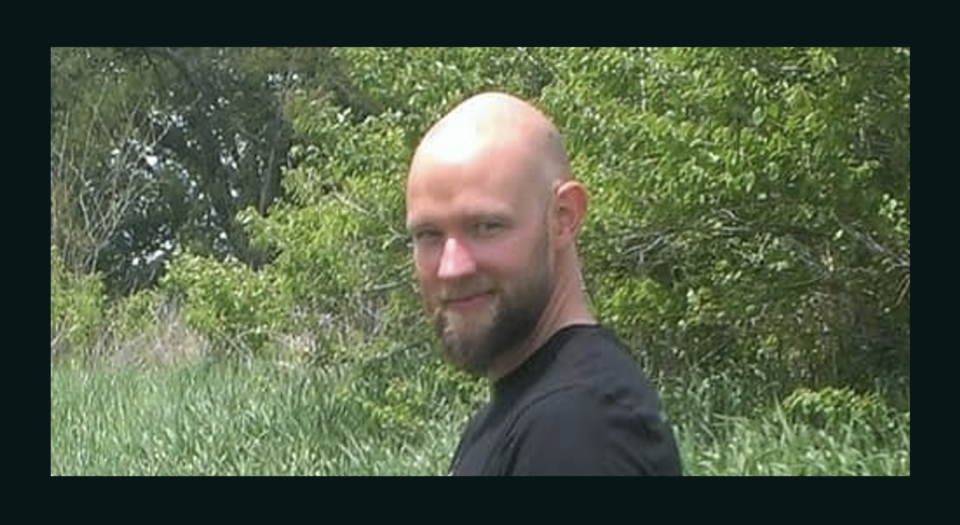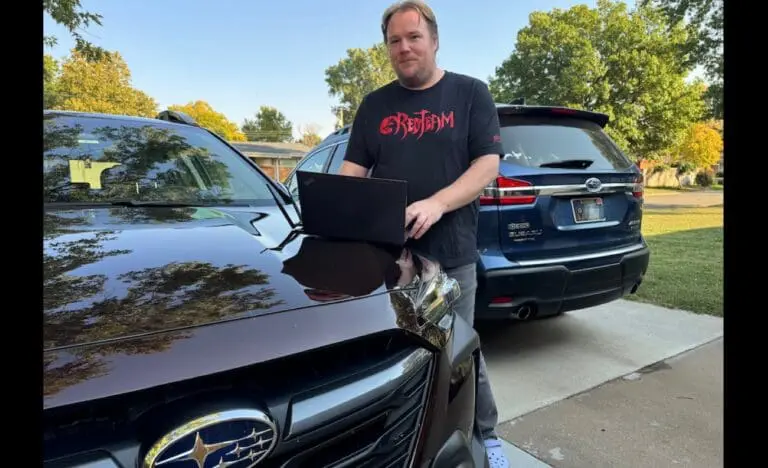I’m Brice Jager, a lead penetration tester for Raxis — and the only one currently living in Iowa. My career path has taken me on a long journey from health care, to health care technology, and now to penetration testing. I’ve enjoyed all of it, but I now feel like I’m where I was meant to be.
Jim: Brice, in our discussions, it seems you’ve had two loves in your career: health and technology. I have to ask, which was the first to catch your eye, so to speak?
Brice: I guess I’d have to say technology because we were introduced to Apple computers in 3rd grade, and I was absolutely fascinated by them. I became serious about health at 12.
Jim: Yep, Steve Jobs believed in hooking his customers early. Was it just the interaction with technology, or did you actually realize you had an affinity for computers and how they worked?
Brice: Other kids were “interested.” I was obsessed with understanding them and learning what all they could do. If you had asked me back then, I would have probably said I was playing with the computers. In retrospect, I was really learning the fundamentals of programming. I even developed my own checkers game. At that point, we didn’t have widely available internet, so I had to learn from books — and a lot of trial and error.
Jim: Did your interest fade after that or did you continue to “play” with computers?
Brice: Ha! No, my interest only got more intense as I got older. By the ‘90s, I was into war-driving (riding around searching for vulnerable wireless networks) and basically looking for mischief wherever I could find it. Most people I knew were content with just using technology. I was still that kid who wanted the challenge of getting inside and finding out what made it all work.
Jim: You were a hacker even then.
Brice: I guess so. And remember, in those days, a lot of software and websites weren’t locked down as well as they are now. It was easier to see how everything was put together. I was able to give myself a terrific education.
Jim: So, what changed your focus to health care?
Brice: It didn’t change as much as it expanded. I always had a parallel interest in anatomy and physiology and overall health. In fact, it’s the same interest, only directed toward the body and not a computer. The fundamental questions I wanted to answer are the same as well: How does it work? What causes it not to work well? How can I make it work better?
Jim: Out of high school, you went with health care. What led you to that decision?
Brice: I found it easy because I had a pretty deep understanding of anatomy, and it was good to see people getting the results they always wanted. Over time, I became a neuromuscular specialist and helped people avoid surgery or avoid dependence on medications. In a nutshell, tricking the brain into healing itself.
Jim: You were hacking human brains?
Brice: Ha! Yeah, you hear that term a lot nowadays, but we were doing it literally and getting results. But there really wasn’t a career path beyond where I was without dancing on the line of burnout, and you quickly realize not all health care has the same goal in mind so it can become frustrating.
Jim: You did go into sports medicine, though.
Brice: Yes. In fact, I even became a kinesiology (body mechanics) teacher from 2004 until 2010. I enjoyed it and I still dabble in it some, but I was ready for a change. What I found was a job with a software company out of Finland. They needed someone who understood their product and who could teach it to others, and oddly it was still in the health-related arena. The jump to technology sparked interest and was refreshing.
Jim: Right up your alley on both counts.

“Spending time with my family is what I enjoy most. My wife is a professional photographer and we have a four-year-old son. We work and work out, but we manage to work in a lot of time for our family.” — Brice Jager
Brice: Yeah, and the great part is that it gave me a way to move into IT. I was dealing with the company team that built the software at the same time I was interacting with the customer. That helped me understand the struggles on both sides and led to my next job at the helpdesk of a hospital. Eventually, I became a systems administrator, but I was really a jack of all trades. I was doing everything from installing software to repairing IoT devices. What I didn’t do was a lot of cybersecurity.
Jim: There was a cybersecurity incident at that time, right?
Brice: That’s right. My first experience in the wild from the perspective of a victim as it happened. It took a lot of work to recover but it was accomplished in 48 hours.
Jim: That left an impression, I guess.
Brice: It sure did. I started pentesting on my own and really got excited about ethical hacking as a profession. Within a year, I had my CISSP, OSCP, OSWP, PNPT and KLCP (professional cybersecurity certifications).
Jim: Wow! I understand that each of those requires a lot of time and energy.
Brice: You bet, but it helps if you’re passionate about the field. It’s a LOT of sacrificing to accomplish the certifications between work, family, and life.
Jim: How did you find your way to Raxis?
Brice: Oddly enough, I was doing some research on another company that I was considering. I reached out to Bonnie and she and Mark talked with me at length. Based on how easy they were to speak with, I knew it would be a great place to work. You just know good people when you talk to them.
Jim: What’s your favorite part?
Brice: My favorite part of this job is that pentesting is my job! And pentesting is, by far, the favorite job I’ve had so far. I love working with the best in the business here. It’s easy to ask questions, and it’s easy to weigh in when you’ve got an answer.
Plus we get to break in to stuff . . . without getting in trouble.





